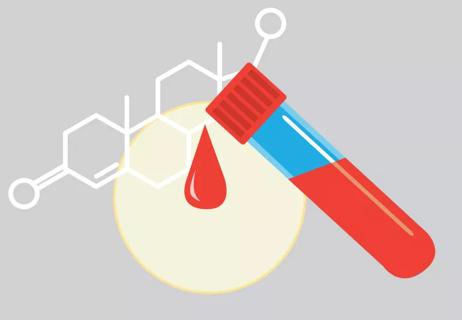Learn the many causes of erectile dysfunction

Erectile dysfunction (ED) isn’t the inevitable result of aging. Yet mild, moderate or severe ED strikes more than 50% of American men between age 40 and 70. So if getting old is not the “cause” of ED, what is?
Advertisement
Cleveland Clinic is a non-profit academic medical center. Advertising on our site helps support our mission. We do not endorse non-Cleveland Clinic products or services. Policy
Erectile dysfunction may be caused by numerous diseases and conditions including vascular disease, nerve disease (such as multiple sclerosis and diabetes mellitus), psychological conditions (such as stress, depression or performance anxiety) and injury to the penis. In addition, chronic illnesses, certain medications, as well as prostate, bladder and colon surgery can lead to ED.
However, it’s estimated that vascular disease such as atherosclerosis (or hardening of the arteries) and diabetes may be responsible for as much as 50 to 70% of ED cases. While ED treatments include lifestyle changes, prescription medications or outpatient procedures such as penile implants, Cleveland Clinic is offering a novel endovascular intervention for selected patients.
“Vascular disease was first identified as a cause of ED by a French surgeon, Rene Leriche, more than 100 years ago,” says interventional cardiologist Joseph Campbell, MD. “He determined that men who were heavy smokers had blockages of plaque (fatty deposits) build up in their aorta, the main artery that delivers blood to a complex network of artery branches throughout the abdomen and pelvis, including the male genitals.”
Build up of plaque in any of these arteries essentially blocks sufficient blood flow to the penis, preventing men from obtaining an erection.
Advertisement
“Patients who suffer from peripheral vascular disease (also known as peripheral arterial disease, or PAD), described as clogged arteries in the legs, neck or carotids, renals or aorta can be at higher risk for ED,” Dr. Campbell says. These individuals should be evaluated for possible arterial blockages that may be contributing to ED.
Treatment options depend on the underlying cause of ED. These may include:
However, a small subset of patients who have significant blockages in arteries that deliver blood to the penis may be candidates for a novel endovascular intervention. This type of minimally invasive procedure enables physicians to treat blocked arteries from inside the blood vessel using sophisticated medical equipment.
The physician gains access to the main artery in the patient’s leg by way of a small needle through which wires are passed. A catheter, a thin flexible tube, is then threaded up to the blocked artery. The catheter also carries a deflated balloon and a stent, or a tiny wire mesh tube. The physician inflates the balloon to open the artery and then installs stents, which push the blockage aside and keep the artery open, improving blood flow.
“This novel approach has been available for a little over a decade now,” explains Dr. Campbell.
Still considered an investigational, or “off-label” use of an FDA-approved technology, ideal candidates for this procedure are chosen according to strict criteria. Cleveland Clinic will be participating in clinical trials to determine how effective endovascular treatment is for treating ED.
Advertisement
Learn more about our editorial process.
Advertisement

Here’s what you need to know about ED, which most men experience to some degree during their lives

Research shows the virus can affect your ability to get or maintain an erection

Psychological factors are the main cause of ED in younger men, followed by medications and a range of health conditions

Despite assumptions, there really isn’t a one-to-one connection between the conditions

Healthier food choices are the way to a better sex life

Fainting, heart palpitations and shortness of breath are just a few signs your heart may need help

You may notice this combination when you’re exercising or after standing up too fast

Calling 911 or emergency services should always be your first step

If you’re feeling short of breath, sleep can be tough — propping yourself up or sleeping on your side may help

If you fear the unknown or find yourself needing reassurance often, you may identify with this attachment style

If you’re looking to boost your gut health, it’s better to get fiber from whole foods